
Meet Silicandy!
Silicandy was a wholesale product company I founded with the mission of getting kids & their parents back together in the kitchen.
my role:
Founder, CEO, and Product Designer. I led a team of designers and developers to construct our digital presence. This included wholesale showcase web pages and social media for Silicandy.
Lead Designer for products, branding, packaging, photography, & marketing. I Led a 10 person remote team of 3D engineers, graphic artists, copywriters, PPC specialists, & photographers.
Manager of customer and supplier relations, corporate and end-user. Directed all the company logistics and managed our e-commerce platforms, including Amazon, Zulily, and Shopify.
the business
I spent 4 years developing Silicandy, a 100% remote company. During that time, I managed a diverse team that spanned almost every time zone in the world. It was through my experience running Silicandy that I started my journey into UX Design. A business-driven curiosity to create a better digital experience for my customers made me search for the answers that led me to UX.
Growing Silicandy required management of several e-commerce and software platforms. These included Shopify, Amazon, and Zulily, an e-commerce SaaS solution for independent sellers.
Catering to big-box retailers constituted the need to create a stellar digital wholesale buyer experience.
The designers I was working with didn’t have UX knowledge. I knew that there had to be a better way. Every business I’ve been involved in has always been all about the customer and the customer experience. I eagerly started learning how to translate that into digital design.
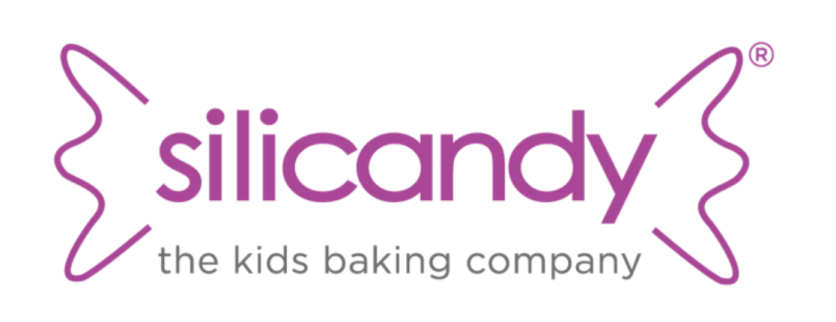
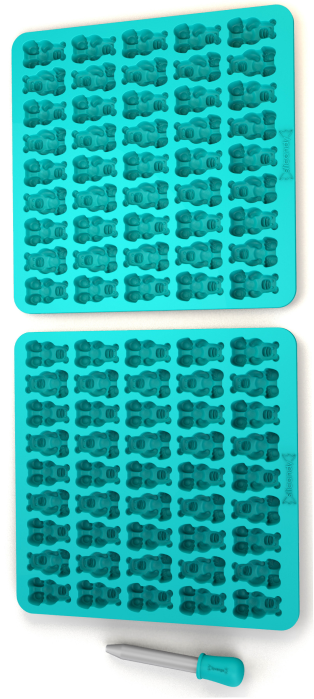
the competition

Tovolo is a brand that believes cooking should be fun. They say they are “committed to improving the relationship our customers have with cooking by designing products that deliver trustworthy performance and are a pleasure to use.”
.png)
Core Kitchen is a more colorful brand that the classic Core Bamboo brand developed. This was their idea of marrying their signature use of eco-friendly bamboo and add “color and fun, something missing from the marketplace”.

Wilton is a more colorful brand that the classic Core Bamboo brand developed. This was their idea of marrying their signature use of eco-friendly bamboo and add “color and fun, something missing from the marketplace”.

OXO is a more colorful brand that the classic Core Bamboo brand developed. This was their idea of marrying their signature use of eco-friendly bamboo and add “color and fun, something missing from the marketplace”.
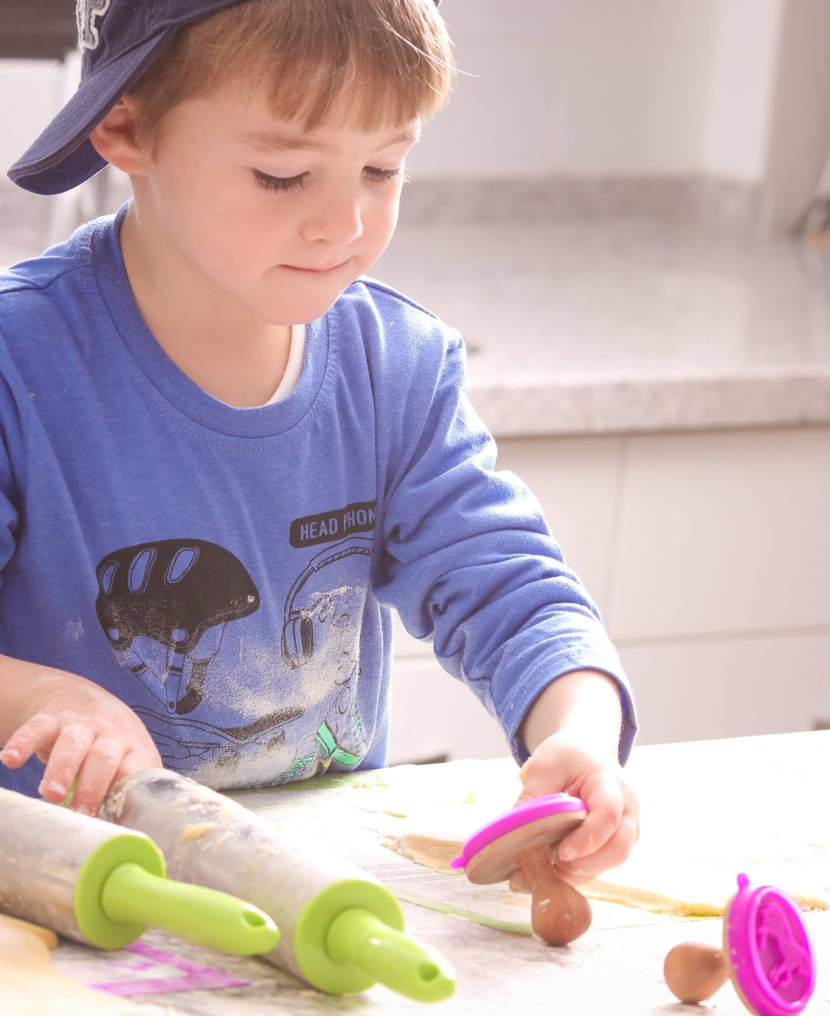
value proposition
Silicandy differentiated itself from the competition through clear and concise positioning exclusively targetting the children’s baking market. How so?
1. The mission was laser focused on kids, and their learning through the baking experience. Products were all tested on kids ages 3–12, including children with sensory processing disorders and children with Autism.
2. Unique product development that didn’t exist at the time. These included the “Jumbo Gummy Bear” molds, gummy worm molds, and one-piece cookie cutters.
the customer:
PRIMARY CUSTOMERS
At time of Silicandy user research (2015), millennials made up the largest demographic in the country. Millennial moms accounted for almost 90% of the 1.5 million new mothers in the year 2014.
Millennial moms, in particular, have a set of specific buying needs. They want personalization and a relationship with the brands they support.
While observing and talking to Millenial Moms, I learned a lot about the perfectionsim they strive for. Unfortunately, they carry a lot of guilt. Although over 70% of moms we interviewed held a part-time or full-time job, they still wanted to give their kids all the homemade experiences and memories they had as children from their mother, who was a full-time homemaker.
Moms told us how much community and peer support is important to them when deciding which brand to purchase.
We learned that the reason the majority of moms don’t bake with their kids is because current product offerings aren’t accesible or family-friendly. Glass measuring cups and expensive stainless steel cookery can break, dent, and take up a lot of space.
secondary customers
We developed a following of customers that buy for the edlerly. There are nursing homes that are really commited to enriching their resident’s lives, and our silicone products were perfect for them. We were asked to change some visuals to reflect the needs of an older crowd.
Crafters use silicone molds to make DIY projects like soap and candles. At first, we discovered this following through keywords used to find our products on Amazon.
87%
of moms asked were willing to economize in other areas to spend more on higher-quality niche products.
90%
of moms asked said they would not hesitate to pay more money for a premium quality product for their children.
94%
of moms asked admitted to spending more on their children’s clothes and toys than they do on themselves.
$1 trillion
The amount parents in the U.S. spent on their children, ages 0–17, in 2014.
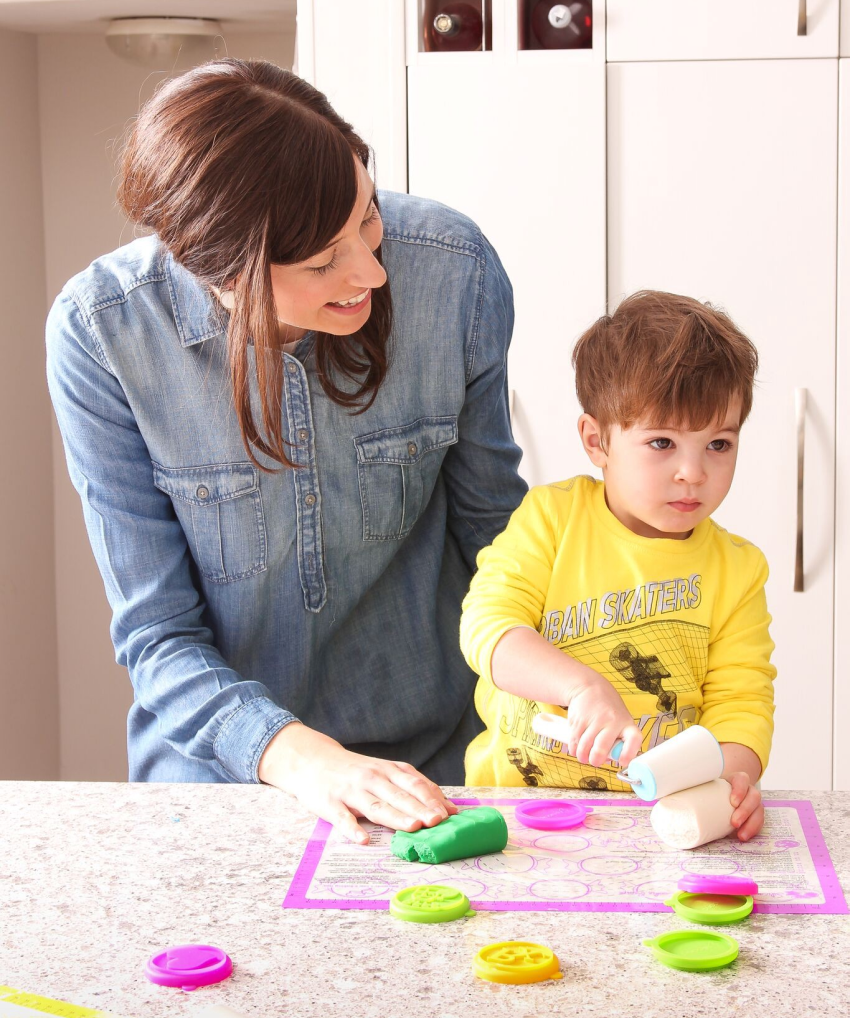
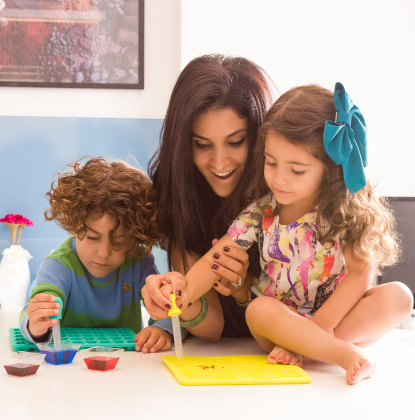
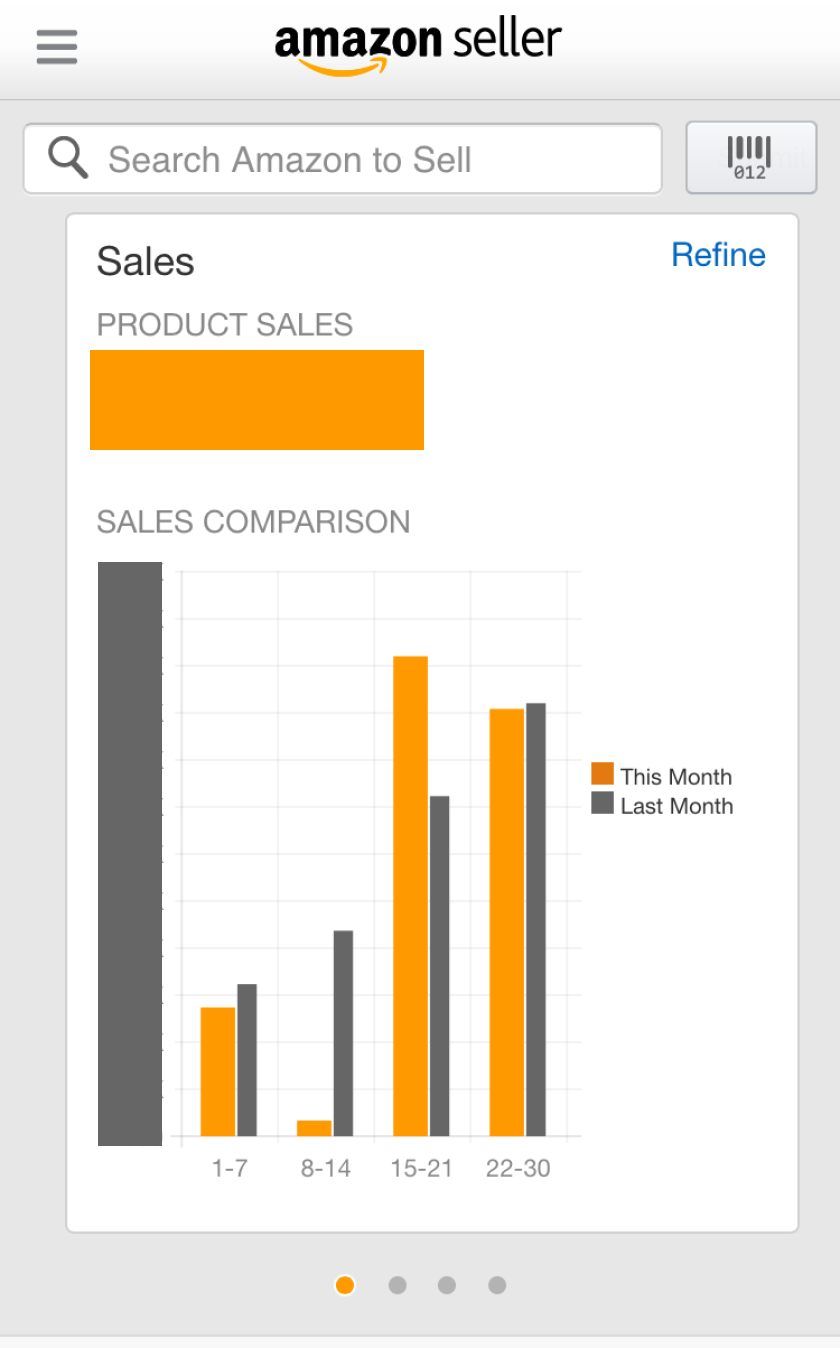
the process:
discovery
Silicandy’s mission statement candidates were “Bringing joy and togetherness back into the kitchen” & “Happiness at Home”
The tone for the brand and the products was to be:
Modern - Clean - Easy to Use - Friendly - Colorful - Fashionable - Barrier Breaking - Discovery
We aimed to build kids’ skills, confidence, and teach them:
Independence - Teamwork - Patience - Collaboration - Proper Hygiene and Kitchen Safety
goals:
The main goal was to enriching people’s lives by getting families back together in the kitchen. We set out to make the seemingly mundane (housework) a fun, community-based activity. To do that, we needed to become a solid lifestyle brand worlwide. We aimed for o5sessively top-quality products. We planned on doing that by build trust and reputation using social media. Our customer research showed how crucial it was to build a commintity around the brand. We reached out to influencers and wrot and gave away product in order as part of the marketing startegy.
product release and testing:
In our first year, we tested our products directly with our end consumer before ordering large quantities for brick and mortar stores. We did that using Amazon as our main sales channel.
The volume we shipped direct to consumer in 2015 was 8,354 pieces of product. I cannot disclose the dollar amounts in this case study, but if you’re interested in hearing more about the numbers, feel free to contact me.
our stores
I hired a previous buyer at Target to help me write a retail strategy. The goal was to make our products primarily available through big-box retail stores within 3 years. We studied the 6 large retailers where our end-customer shopped. These included Bed Bath & Beyond, Target, Michael’s, Sur La Table, Williams Sonoma, and Toys R Us.
We took pictures and shot videos of the store displays and layout. We compared competitive products and recorded pricing.
We also observed shoppers. We looked at what packaging moms would pick up, and what would end up in their cart. That helped us immensely when designing the packaging.
We spoke to store employees and asked them about customer favorites and habits. We learned that a lot of silicone products are currently sold in sections that are reserved for “add ons” and “impulse buys”. That helped me write proposals for the stores corporate offices later on. It shows them that I care about researching and understanding how I can best optimize the display of my products in their stores to ensure their success.
Also, retailers expected us to help them manage their inventory levels. They’ll call on a companie’s knowledge of their end user and their products to help them project how much product to order.
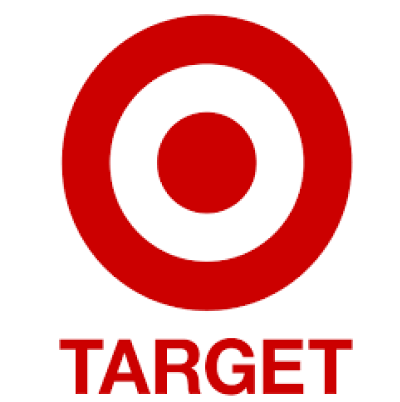

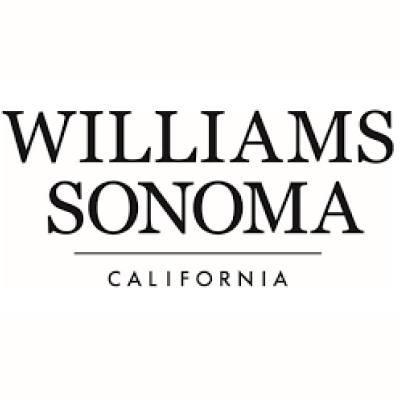
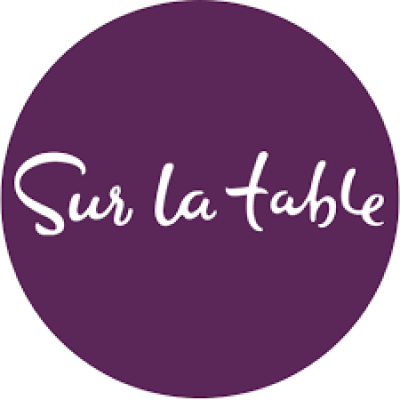

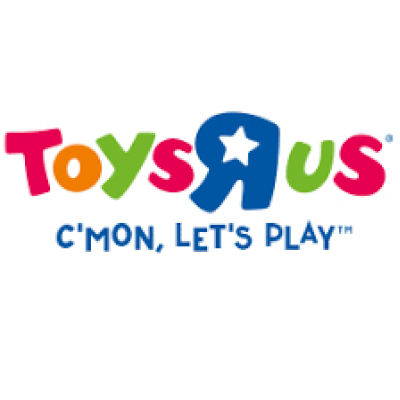
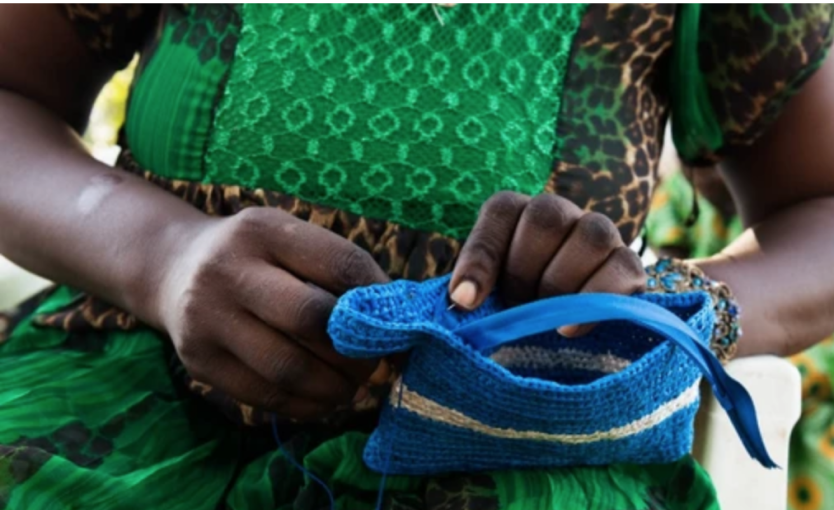
our contribution
the products:
Each product had its own design process. To the delight of my own kids, we bought and tested many competitor products. We read lots of product reviews. Silicandy products fixed multiple user pain points and added extra elements of delight to our customer base.
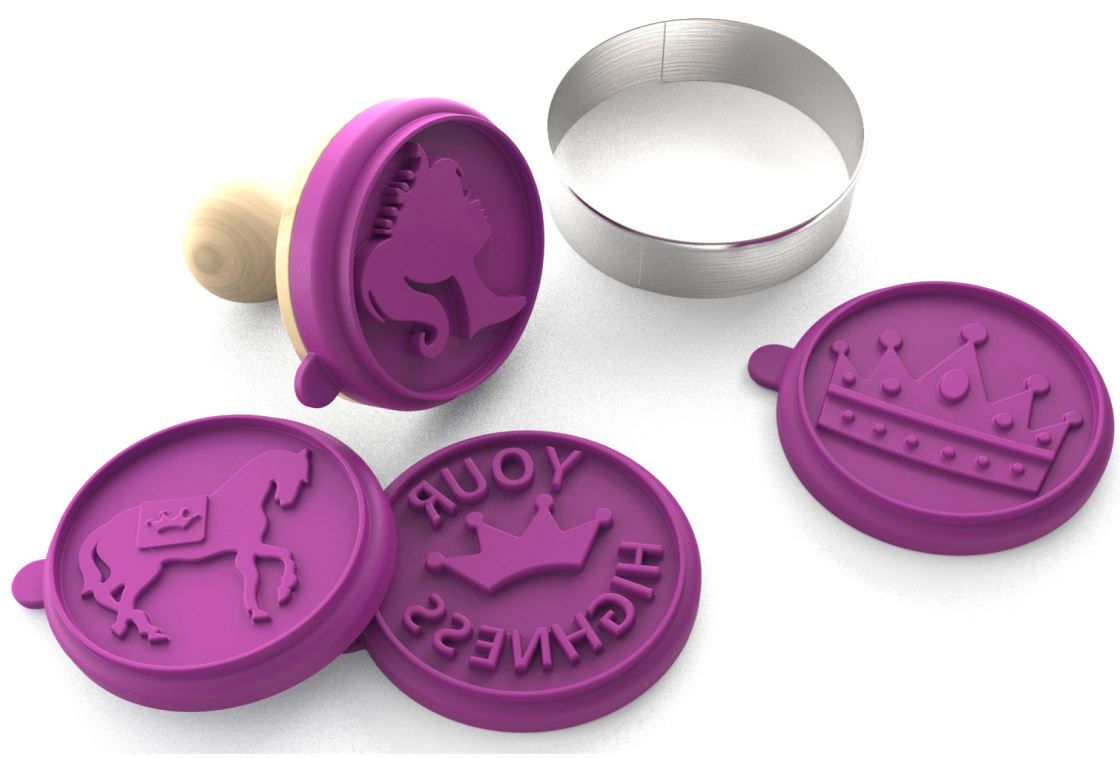
cookie stamps cake study - coming soon!
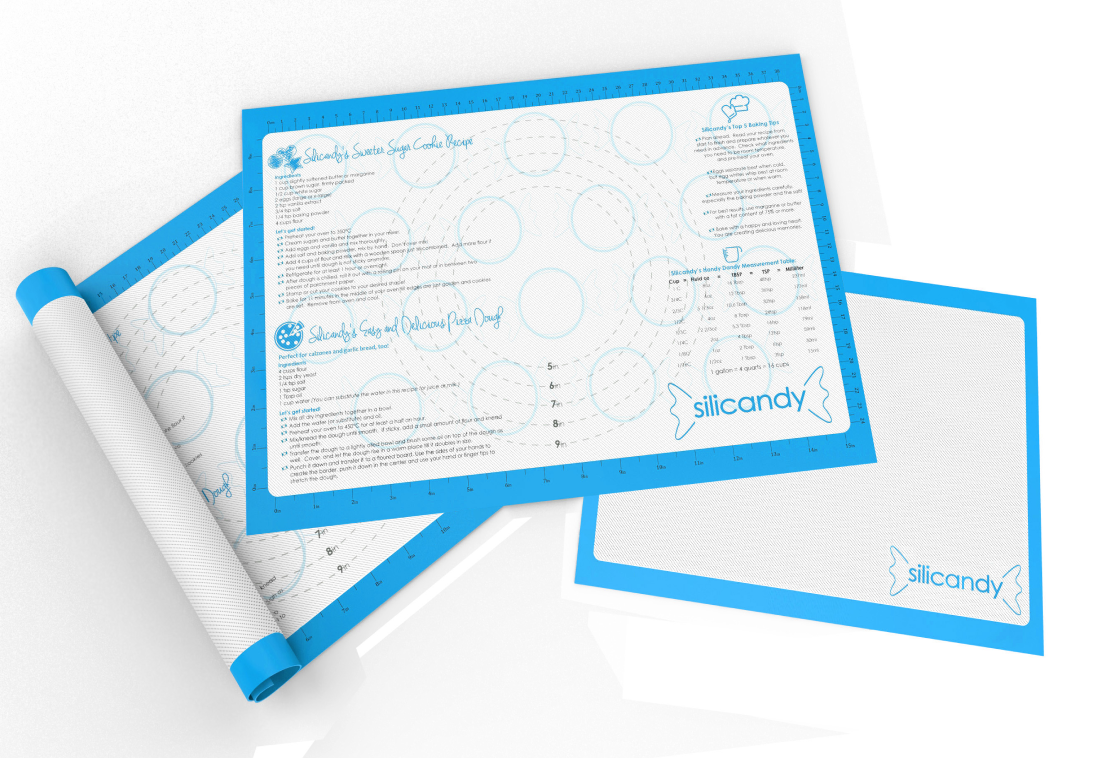
baking mats case study coming soon!
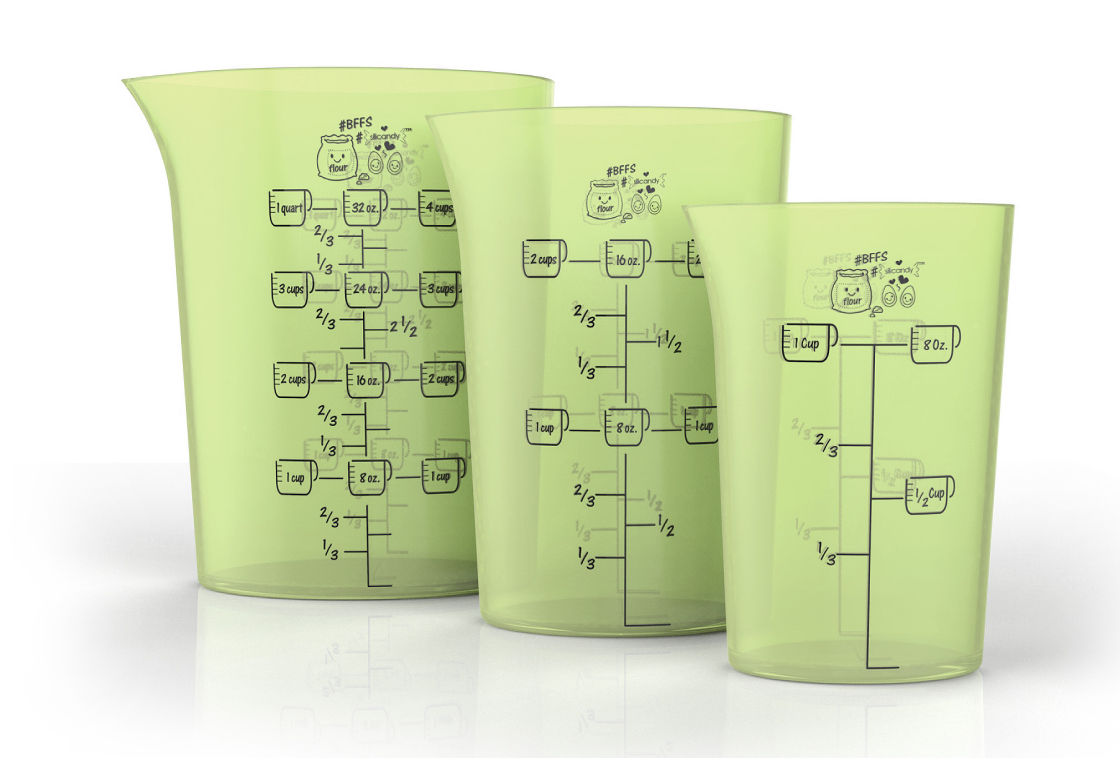
measuring cups case study - coming soon!
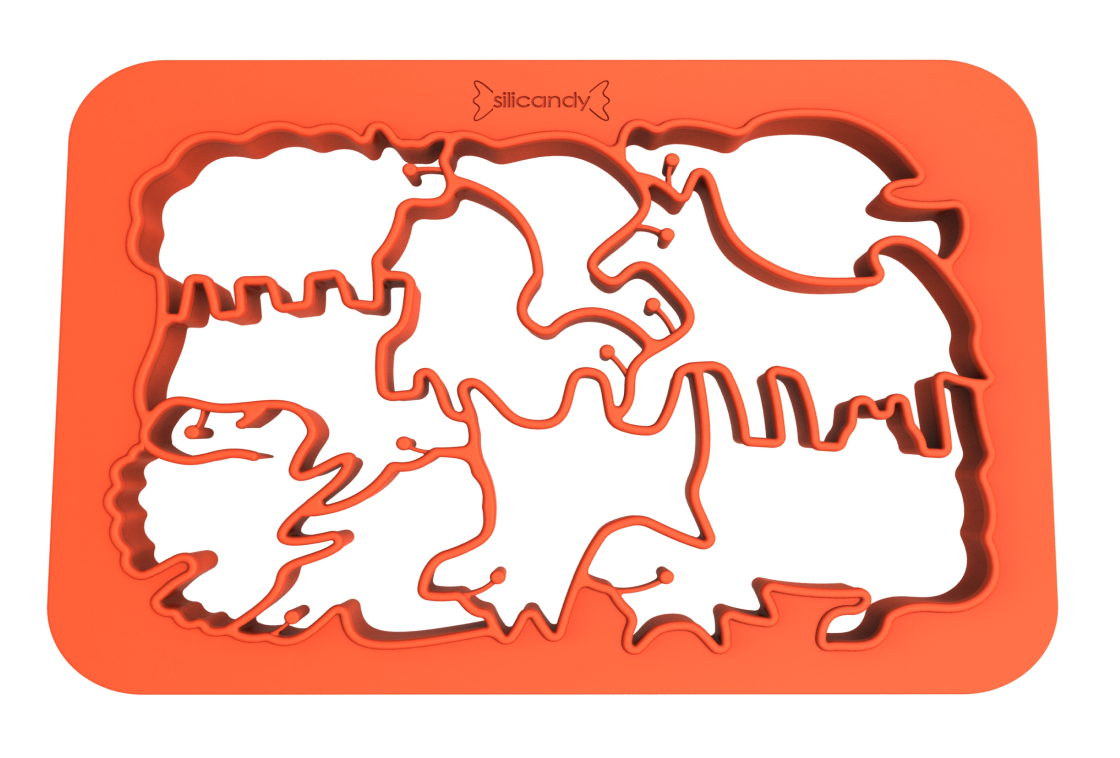
cookie cutters case study - coming soon!
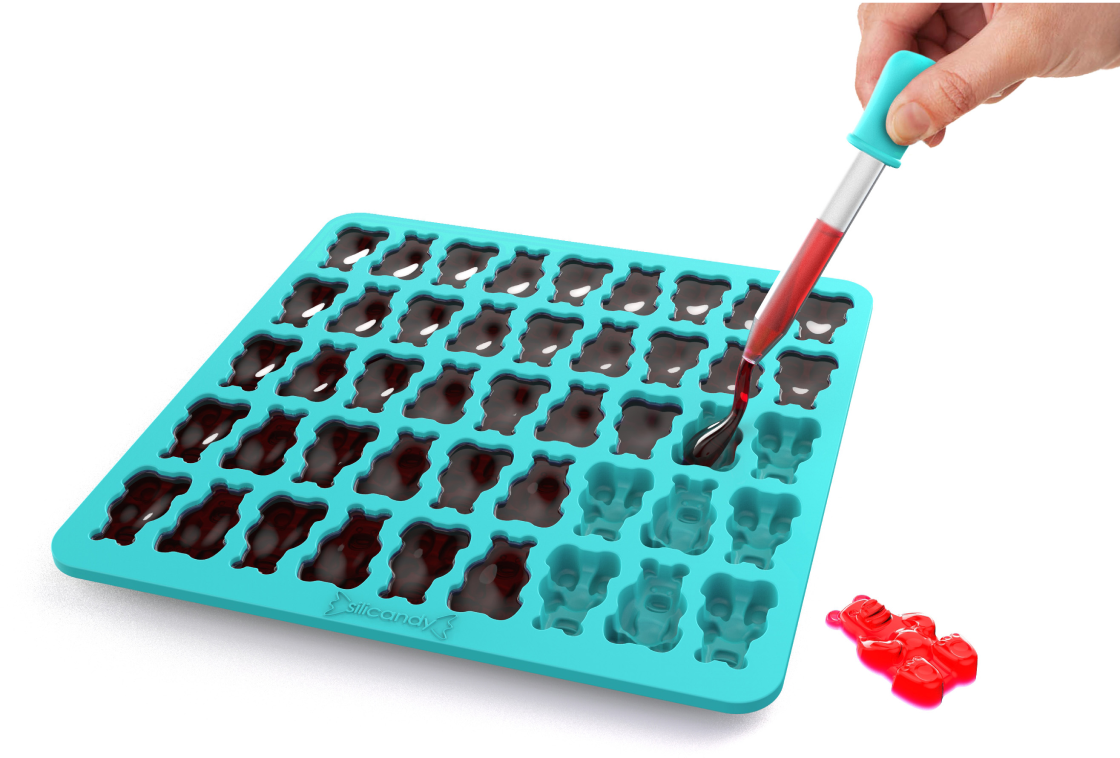
gummy bear mold case study - coming soon!
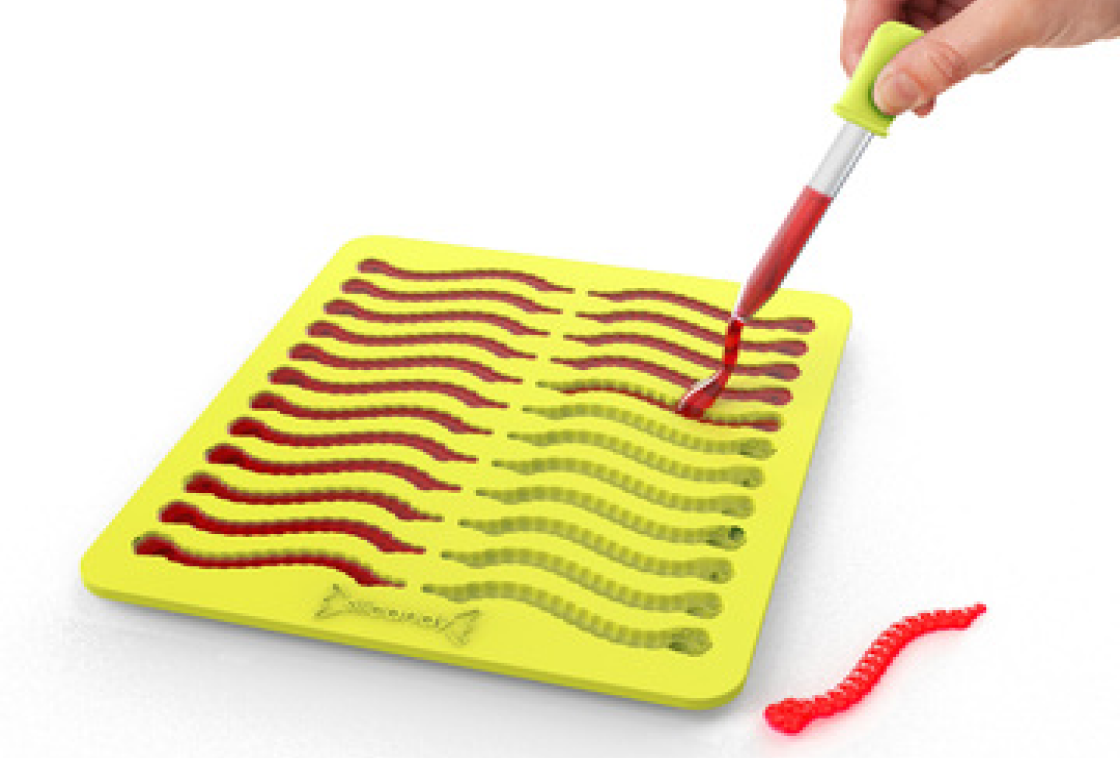
gummy worm mold case study - coming soon!
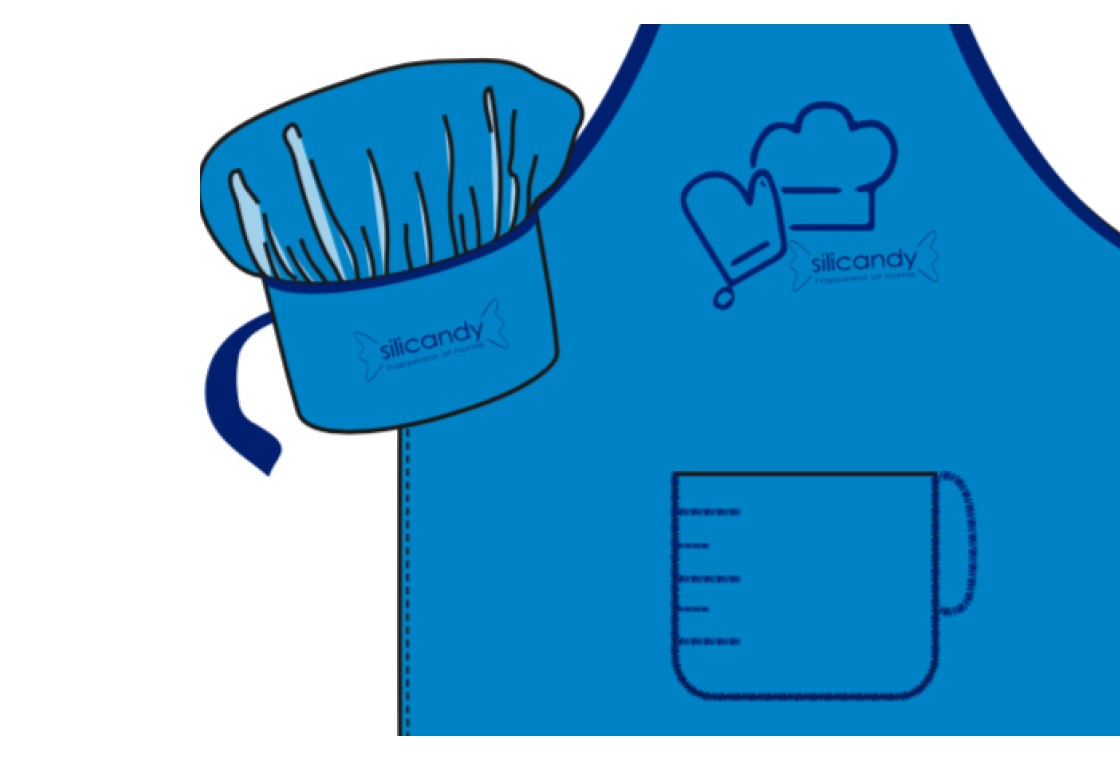
Chef Set case study - coming soon!
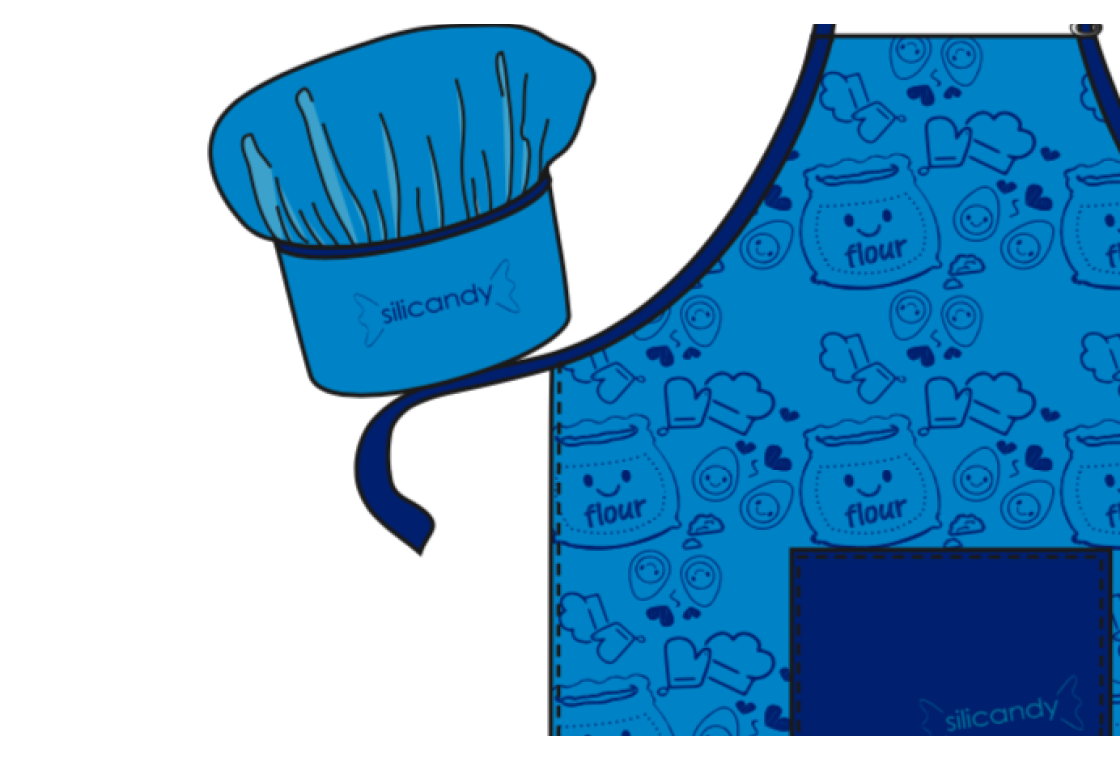
Chef Set case study - coming soon!

teething bracelet case study - coming soon!
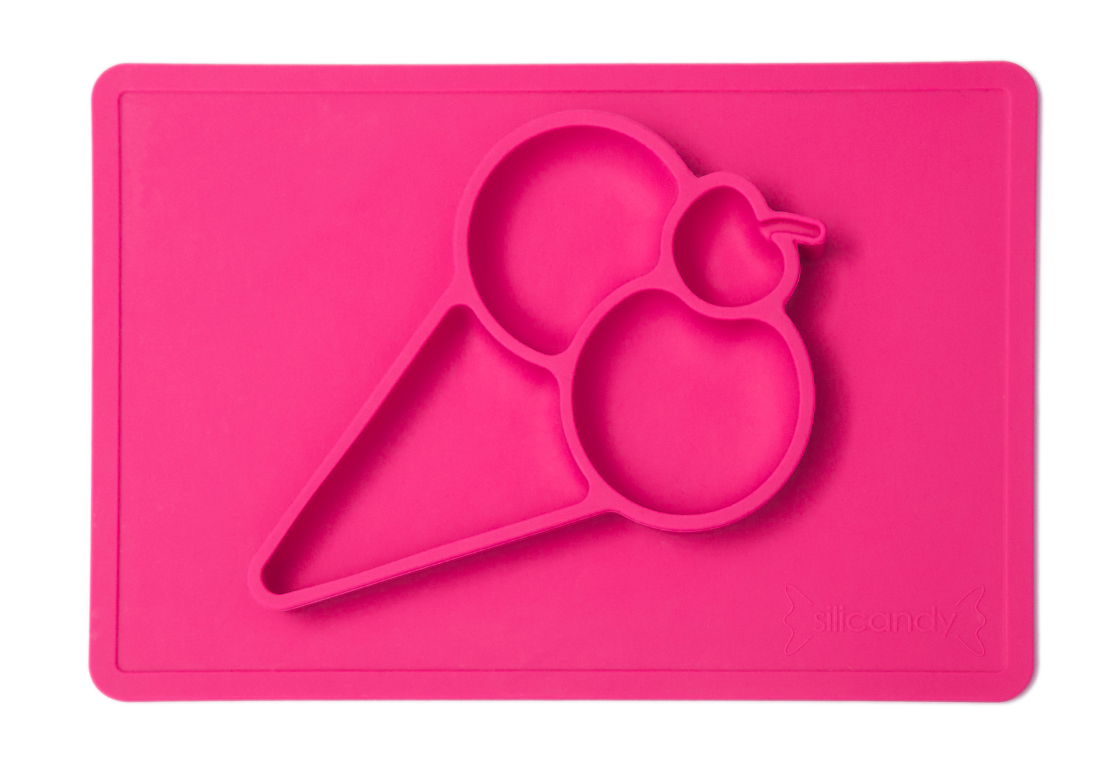
one piece placemat case study - coming soon!
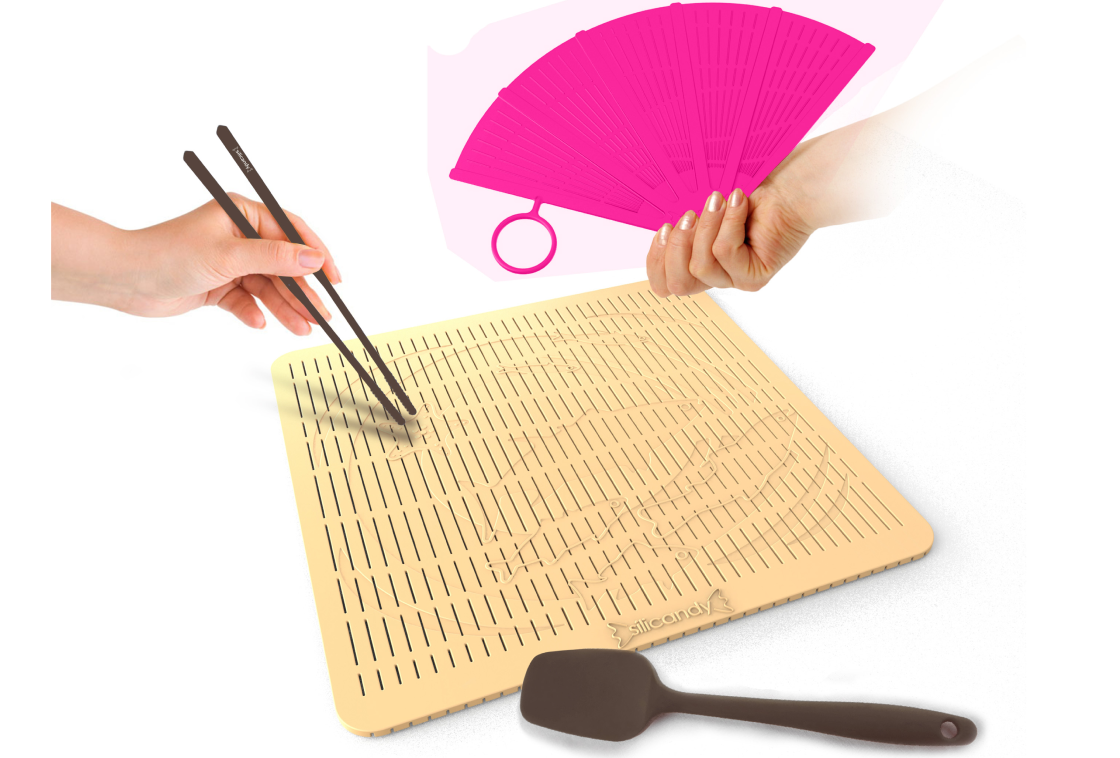
sushi set case study - coming soon!
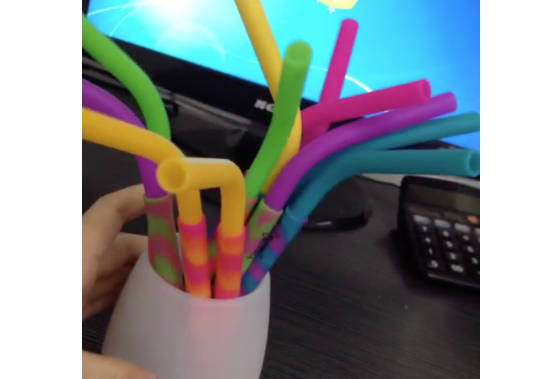
two piece straw case study - coming soon!
what I learned:
Silicandy’s main value was to encourage independence in children and family collaboration. When approached by Women’s Initiative, The Gambia, we were honored to participate in their mission. We sent hundreds of molds to Gambian women who used them to make soaps and treats that they’d turn around and sell. The initiative does important work and doesn’t have enough help. If you’d like to learn more and/or contribute, you can read about them on their Facebook page.
Another big learning experience was PPC. I lost a lot of money on keyword advertising that I could have saved by growing slower and more organically.
